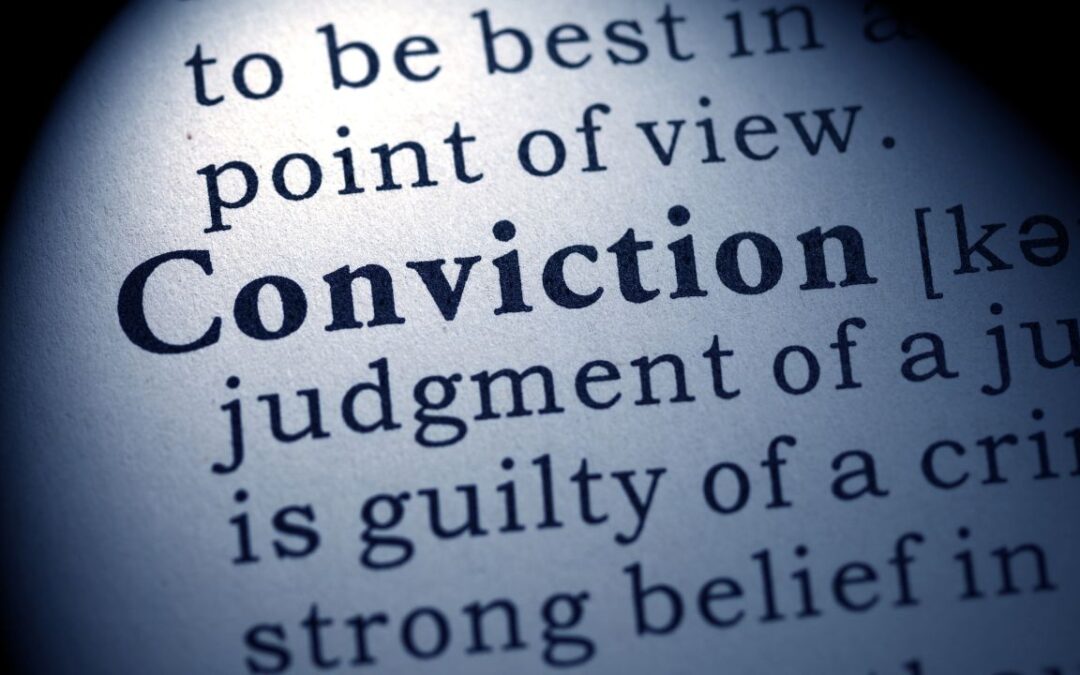What is an Example of Wrongly Convicted?
What is an Example of Wrongly Convicted?. The justice system strives to deliver fair outcomes, but sometimes, innocent individuals become victims of errors and biases, leading to them being wrongfully convicted. A wrongful conviction means someone has been found guilty of a crime they did not commit, often spending years, even decades, behind bars before the truth emerges. In this article, we explore what it means to be wrongfully convicted and illustrate it through a compelling example that highlights the significance of vigilance and reform in our legal processes.
Understanding Wrongful Convictions
Before diving into an example, it’s important to understand what being wrongfully convicted entails. A wrongful conviction occurs when innocent people are sentenced for crimes they never committed due to factors such as mistaken eyewitness identification, inadequate legal defence, prosecutorial misconduct, false confessions, or flawed forensic evidence.
These cases not only devastate the lives of the accused but also highlight serious flaws within criminal justice systems. They emphasize the need for procedures like DNA testing, proper legal representation, and reconsideration mechanisms to prevent and correct such miscarriages of justice.
An Example of a Wrongfully Convicted Individual: The Case of Anthony Ray Hinton
One of the most well-known examples of a wrongfully convicted person is Anthony Ray Hinton from Alabama. Hinton’s story sheds light on the profound challenges faced by many innocent defendants.
Background of the Case
In 1985, Anthony Ray Hinton was arrested and subsequently convicted of two murders he did not commit. The evidence against him mostly consisted of ballistic matches from a gun he did not own. Despite his claims of innocence, Hinton was sentenced to death based largely on this shaky evidence and minimal legal defence.
Why the Conviction Was Wrong
What made Hinton’s conviction particularly wrongful was that the bullets used in the murders were not conclusively linked to the gun allegedly connected to Hinton. His court-appointed attorney lacked the resources and expertise to challenge the forensic ballistics evidence effectively. Furthermore, Hinton maintained his innocence throughout the entire process.
Overturning the Conviction
After spending nearly 30 years on death row, Hinton’s case was revisited thanks to the efforts of The Equal Justice Initiative and skilled attorneys dedicated to proving his innocence. New ballistics testing revealed that the bullets did not match the gun traced back to Hinton, leading to the U.S. Supreme Court ruling in 2015 that Hinton had ineffective counsel during his trial.
As a result, Anthony Ray Hinton was finally released, and his conviction overturned. His case became a powerful example of how improper legal representation and flawed forensic evidence could contribute to a wrongfully convicted individual’s fate.
Other Common Causes Behind Wrongful Convictions
While Anthony Ray Hinton’s case is a stark example, many factors contribute to such miscarriages of justice across the globe. These include:
- Eyewitness Misidentification: Memory errors or suggestive police procedures can cause witnesses to mistakenly point to an innocent suspect.
- False Confessions: Under pressure or coercion, some innocent people confess to crimes they never committed.
- Faulty Forensic Evidence: Misapplication or misinterpretation of forensic science can lead to wrongful convictions.
- Inadequate Legal Defence: Lack of proper counsel or investigation severely disadvantages defendants.
- Prosecutorial Misconduct: Suppressing evidence or manipulating facts can result in unjust outcomes.
Highlighting these causes alongside real-life examples like Hinton’s helps emphasize the reforms needed to safeguard against wrongful convictions.
The Importance of Justice Reform
Wrongful convictions create immense human suffering and undermine public trust in the justice system. Each error not only ruins innocent lives but also means real perpetrators go free, posing ongoing risks to society.
Efforts to reduce wrongful convictions include the establishment of innocence projects, improvements in forensic standards, better legal defence provisions, and policies promoting transparency and accountability among prosecutors and police.
What is an Example of Wrongly Convicted? – Final Thoughts
Wrongful convictions serve as harsh reminders that our justice system is vulnerable to mistakes. The example of Anthony Ray Hinton illustrates just how damaging and prolonged these injustices can be. By acknowledging the cases of the wrongfully convicted and understanding the systemic faults behind them, society can work toward reforms to protect the innocent and promote true justice.
Everyone deserves a fair trial and a chance to prove their innocence. Learning from wrongful conviction cases strengthens our commitment to a justice system that truly serves justice—and no one should suffer for a crime they did not commit.
Visit the “My Story” page to learn more about my wrongful conviction case

